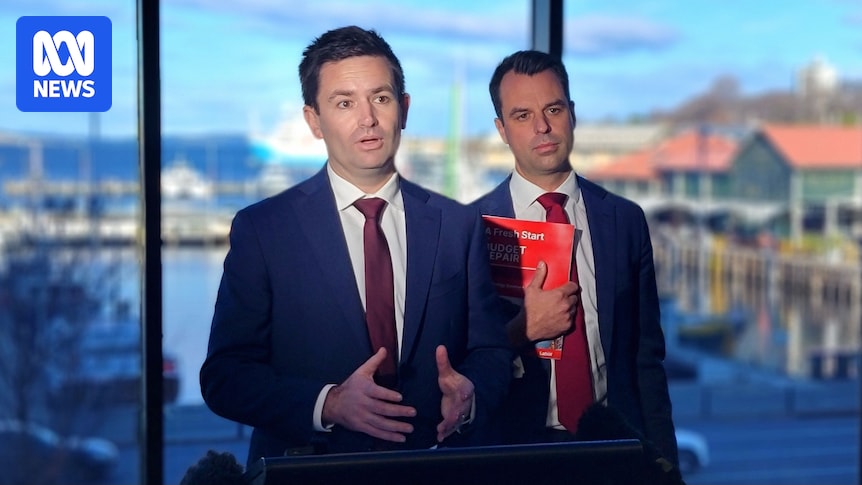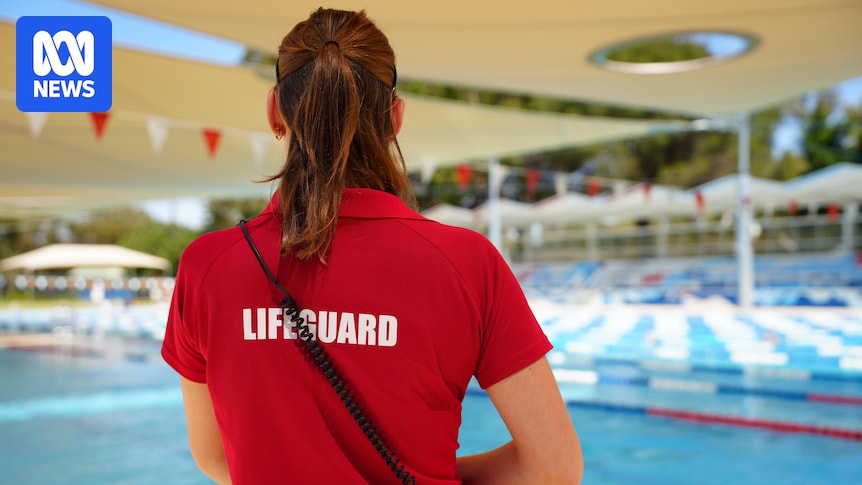
In a bid to tackle Tasmania’s financial woes, Labor has unveiled a budget repair plan that has garnered support from the business community, unions, and the community sector. As the state approaches a critical election on July 19, the question remains: does Labor’s strategy have the potential to restore fiscal health?
The next Tasmanian government will inherit the challenge of addressing the state’s finances, with the immediate task of steering the budget back to an operating surplus while managing a burgeoning debt. According to the 2025 Pre-election Financial Outlook (PEFO) by Treasury, Tasmania’s net debt is projected to reach $13 billion by 2027-28.
Labor’s Fiscal Strategy: A Closer Look
Labor’s fiscal plan, announced on Saturday, claims it can cut $1 billion in debt “immediately.” The strategy involves a comprehensive review to identify and eliminate “failed programs and policies.” However, the plan’s reliance on economic growth to increase revenue, rather than raising taxes, contrasts with Treasury’s warning that economic growth alone may not suffice.
Labor proposes two main avenues to stimulate economic growth: establishing a new government business enterprise, RenewTas, to invigorate the building industry, and reducing bureaucratic red tape to expedite project approvals. Additionally, Labor has pledged to freeze car registration costs and halve them for apprentices.
Focus on Savings
The cornerstone of Labor’s strategy is finding savings. This includes aligning infrastructure spending with national standards and ensuring government department budgets are strictly adhered to. Despite the state’s history of overspending, particularly in health, Labor is cautious about public sector cuts, though Treasury has labeled the sector “unsustainable.”
“These are strategic decisions made without the resources of government and I’m sure there are many more savings to be had,” Labor treasury spokesperson Josh Willie stated.
Labor plans to establish a Review and Evaluation Unit (REU) to identify and terminate ineffective programs, mirroring the Liberal’s Efficiency and Productivity Unit (EPU).
Dissecting the Savings Plan
Labor aims to save $1 billion over four years by cutting government advertising and imposing a hard cap on departmental travel budgets. However, these figures have not been costed by Treasury, and the Liberals have contested some estimates. For instance, Labor’s claim to save $8 million by cutting eight associate secretary roles has been disputed, as only three positions are currently filled.
Labor also plans to cancel the Treasury privatisation process, projecting a $1 million saving, although the sale of the Treasury building could have generated more revenue. The largest savings are expected from the Marinus Link project, the Motor Accidents Insurance Board (MAIB), and capital infrastructure.
Labor believes it can save nearly $200 million on Marinus Link by selling Tasmania’s stake to federal and Victorian governments, and plans to extract $100 million from MAIB through a special dividend.
Additionally, Labor intends to save $270 million on capital infrastructure, primarily by deferring funding for projects beyond the forward estimates.
Engaging Stakeholders for Budget Repair
Labor plans to convene a round table with businesses, unions, and community representatives to explore further savings. The Tasmanian Chamber of Commerce and Industry’s Michael Bailey has called for an open-minded approach, considering all options from asset sales to tax reform.
“Everything from asset sales to tax reform and the like and we will approach that with an open mind,” Bailey remarked.
Unions Tasmania’s acting secretary Tom Lynch emphasized the need for collaborative solutions, advocating for public sector reform without drastic job cuts.
Assessing the Plan’s Viability
Labor’s budget repair plan has been praised for its boldness, yet questions remain about its feasibility. The party intends to fund election promises from identified savings, including $20 million for RenewTas and a $10 million sports voucher scheme. However, the extent of Labor’s election spending is still unclear, raising doubts about the actual savings achieved.
“It’s a material step in the right direction,” independent economist Saul Eslake commented, acknowledging Labor’s effort to address Tasmania’s financial challenges.
While Labor’s plan may not fully resolve the state’s financial issues, it represents a significant attempt to confront the situation. As the election approaches, Labor must convince voters that they are the right choice to steer Tasmania’s budget toward stability.





